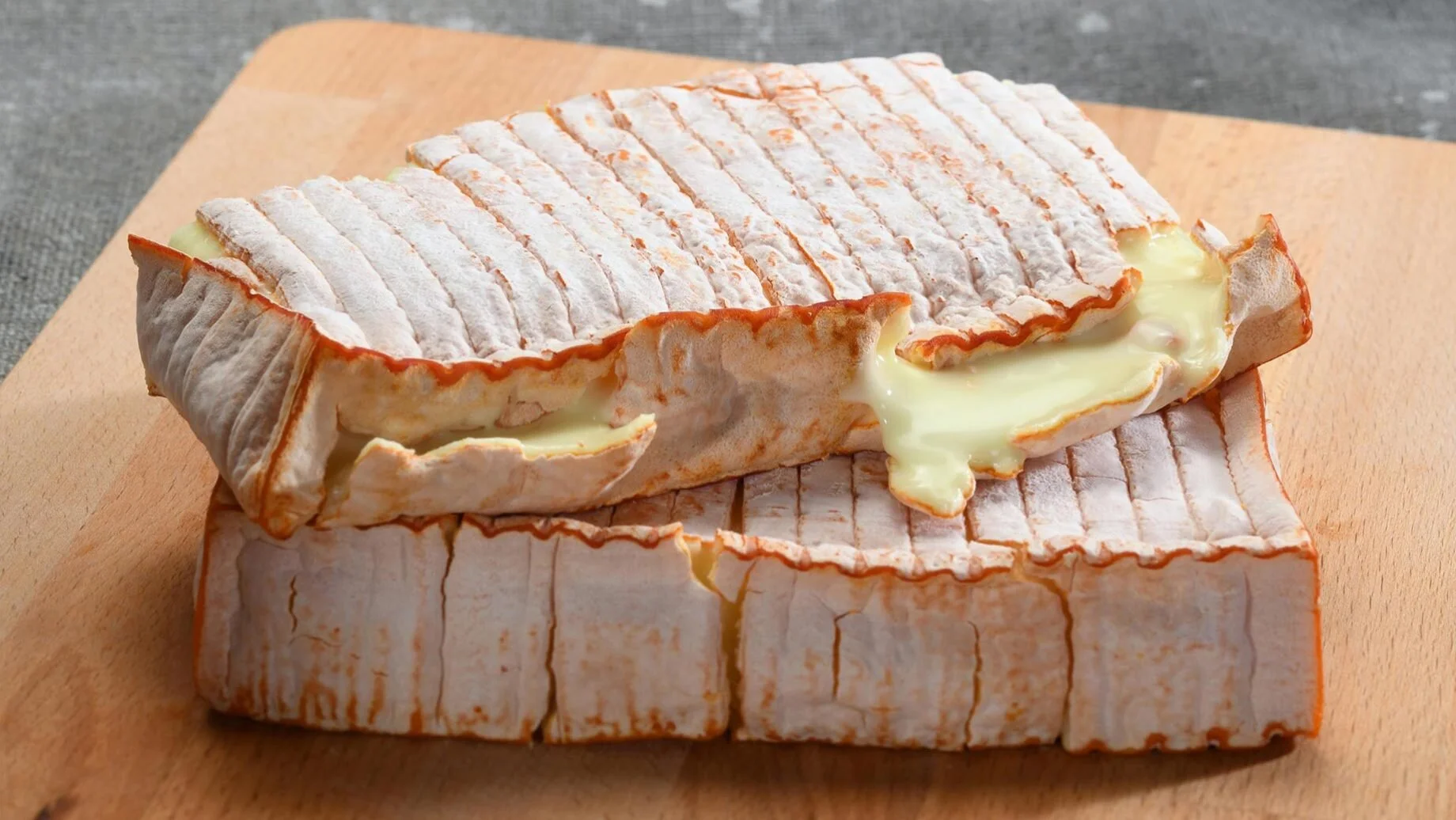Photo: Castello Cheese
World Cheese Encyclopaedia - Each Sunday learn all about a new cheese.
This week Havarti from Denmark.
Country: Denmark 🇩🇰
Region: Hovedstaden
Made from: Cow’s milk
Pasteurised: Yes
Texture: Semi-hard, springy, smooth
Taste: Buttery, sweet, acidic, hazelnut tones
Certification: No
Aging: 3 months up to 1 year
Havarti is a semisoft cow's milk cheese, native to Denmark, that is a staple of Danish cuisine. It is made from the milk of Danish cows and is a washed-curd cheese, which contributes to its subtle flavor. Havarti is rindless with a smooth bright surface and a creamy to yellow-colored paste. The paste has very small eyes (little holes) distributed throughout.
Havarti is a semi-hard cheese, with a springy texture. It has a buttery aroma with sweet and acidic notes that can get sharper in more mature varieties. Havarti’s taste is buttery, sweet and slightly acidic. In mature cheeses, it has a more salty flavor and can develop tones of hazelnut. One distinctive attribute of Havarti is that when it is kept at room temperature it softens quickly, and is ready to enjoy.
Photo: culturecheesemag.com
Traditionally Havarti is made using almost nothing but pasteurized milk and usually using vegetarian rennet, making it both gluten-free and vegetarian in most cases. To produce Havarti raw cow’s milk is first pasteurized and then cultures are added to coagulate the milk. When the curd is ready it is separated, drained of whey and poured into molds. The molds are then compressed and left to cool. They are then brined. It is then typically aged for around three months but can be aged for up to a year.
Havarti is available in many different flavours, including garlic, caraway, dill, cranberry, and jalapeño. It is also produced with extra cream and is then called Cream Havarti. Cream Havarti is made from highly pasteurized milk. This causes the whey proteins that would otherwise be eliminated during production to remain in the curd which changes the taste and texture. This version of Havarti ages very little.
History
Photo: decanter.com
Havarti was created by Hanne Nielsen (1829-1903). The Nielsen's farm was in Havarthigaard, north of Copenhagen and the story goes that Hanne decided to travel around Europe to learn about cheesemaking. After returning from her travels, in 1852, Hanne developed the technique to create Havarti which then went on to become one of the most popular cheeses in Denmark.
How to Enjoy It
Havarti is a very versatile cheese. Its balanced and mild flavor make it perfect to accompany many dishes. Its smooth texture means it can be sliced, grilled, or melted. It is delicious on its own as a table cheese and also goes well with salads or sandwiches. It can be combined with jams, sauces, and vegetables and is tasty on a cheeseboard served with fruit and wine at the end of a meal. In fact, it can be combined with almost anything: honey, capers, or just eaten alone on a cracker.
Havarti pairs well with a Chardonnay, or Sauvignon Blanc, it also goes very well with light-bodied reds such as Pinot Noir.
Sources: Wikipedia, Castellocheese.com, cheese.com, culturecheesemag.com, cheesemonthclub.com decanter.com
Looking for a different cheese? Search the whole blog here:





























